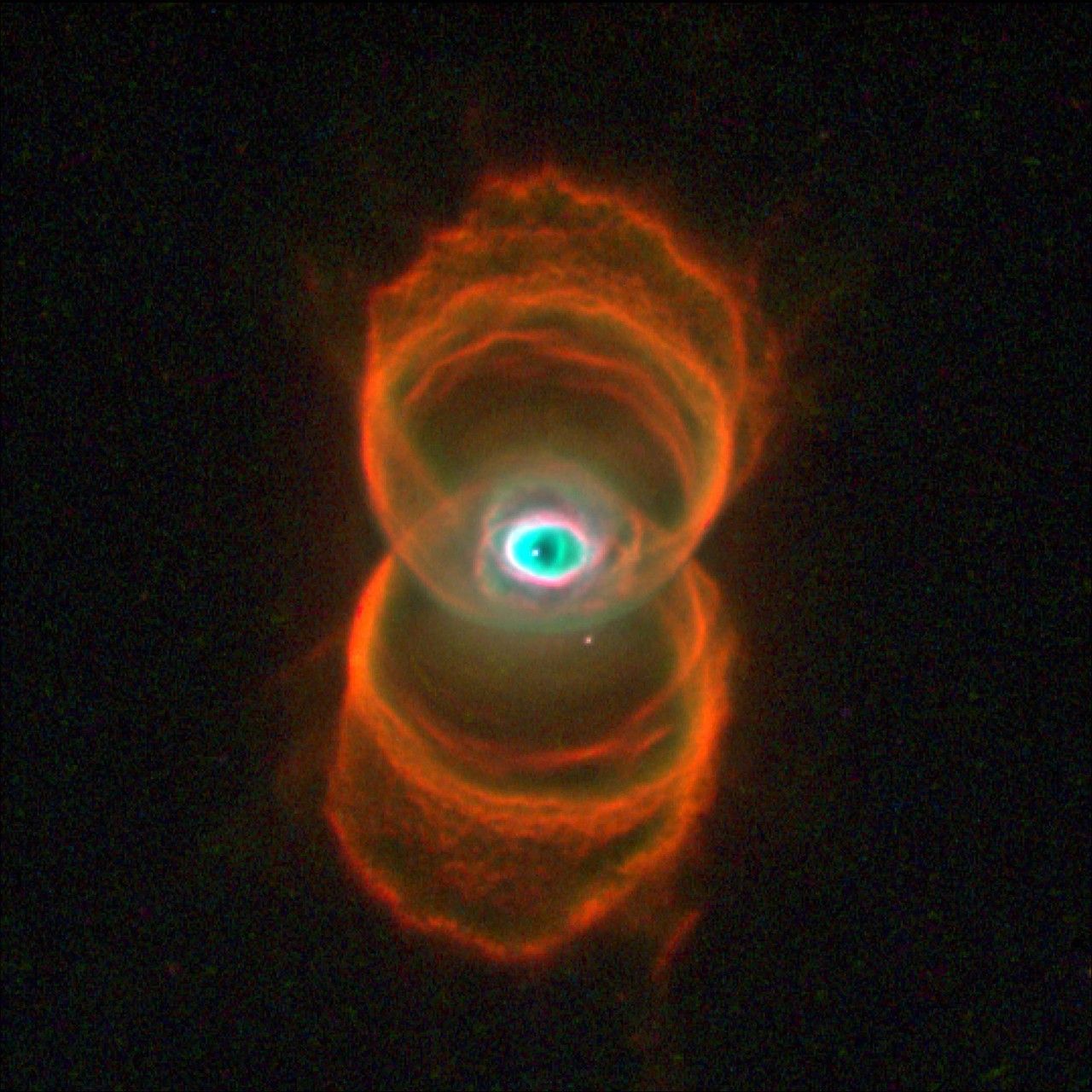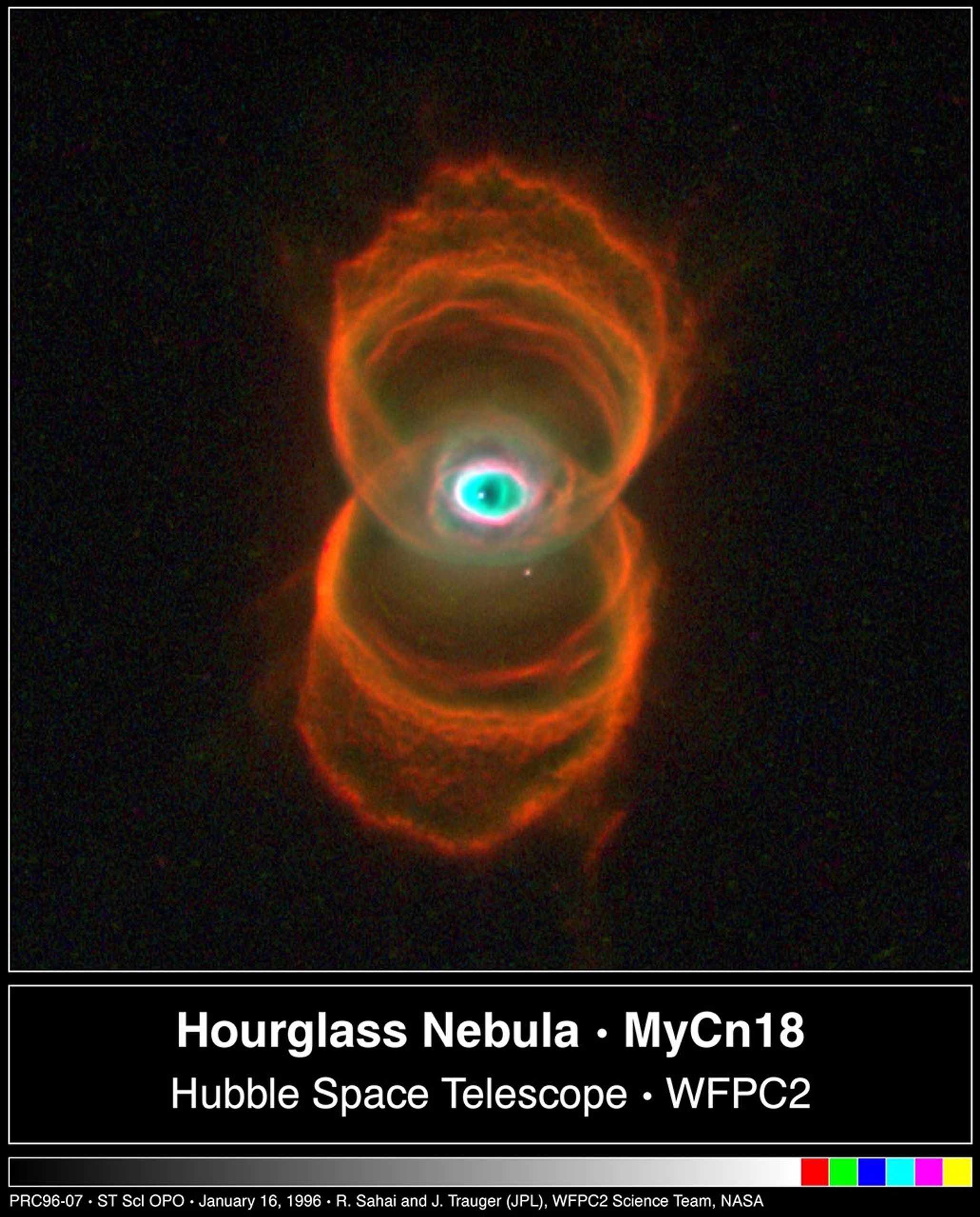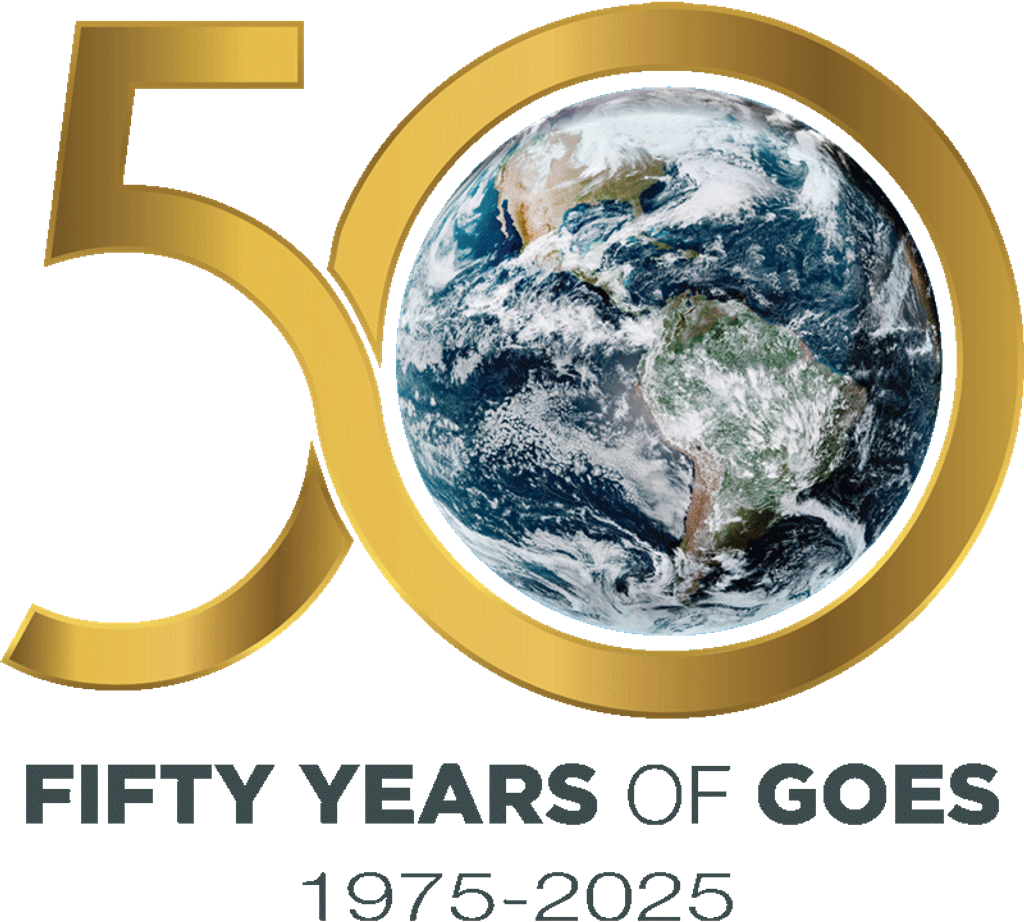1 min read
Planetary Nebula MyCn18: An Hourglass Pattern Around a Dying Star

About the Object
- R.A. PositionR.A. PositionRight ascension – analogous to longitude – is one component of an object's position.13h 39m 34.69s
- Dec. PositionDec. PositionDeclination – analogous to latitude – is one component of an object's position.-67° 22' 50.99"
- ConstellationConstellationOne of 88 recognized regions of the celestial sphere in which the object appears.Musca
- DistanceDistanceThe physical distance from Earth to the astronomical object. Distances within our solar system are usually measured in Astronomical Units (AU). Distances between stars are usually measured in light-years. Interstellar distances can also be measured in parsecs.8,000 light-years (2,500 parsecs)
About the Data
- InstrumentInstrumentThe science instrument used to produce the data.HST>WFPC2
- Exposure DatesExposure DatesThe date(s) that the telescope made its observations and the total exposure time.July 30, 1995
- FiltersFiltersThe camera filters that were used in the science observations.Optical (Oiii), Optical (H-alpha), and Optical (Nii)
- Object NameObject NameA name or catalog number that astronomers use to identify an astronomical object.Hourglass Nebula, MyCn18
- Object DescriptionObject DescriptionThe type of astronomical object.Planetary Nebula
- Release DateJanuary 16, 1996
- Science ReleaseHubble Finds an Hourglass Nebula around a Dying Star
- CreditRaghvendra Sahai and John Trauger (JPL), the WFPC2 science team, and NASA

Color Info
Color InfoA brief description of the methods used to convert telescope data into the color image being presented.
Blue: Optical (Oiii) Green: Optical (H-alpha) Red: Optical (Nii)
Related Images & Videos

Planetary Nebula MyCn18: An Hourglass Pattern Around a Dying Star
This is an image of MyCn18, a young planetary nebula located about 8,000 light-years away, taken with the Wide Field and Planetary Camera 2 (WFPC2) aboard NASA's Hubble Space Telescope (HST). This Hubble image reveals the true shape of MyCn18 to be an hourglass with an intricate...
Share
Details
Last Updated
Aug 17, 2025
Contact
Media
Claire Andreoli
NASA’s Goddard Space Flight Center
Greenbelt, Maryland
claire.andreoli@nasa.gov






























